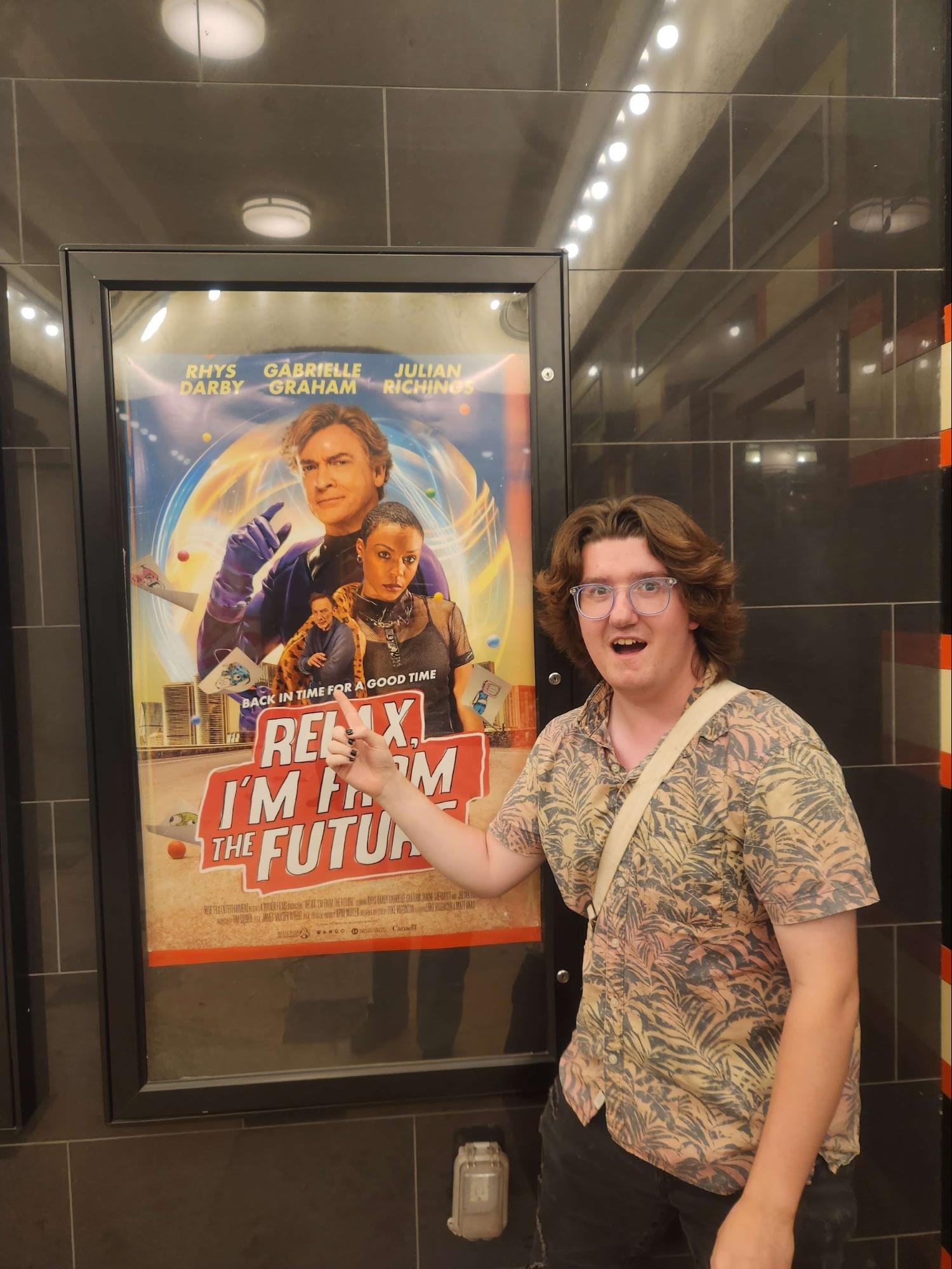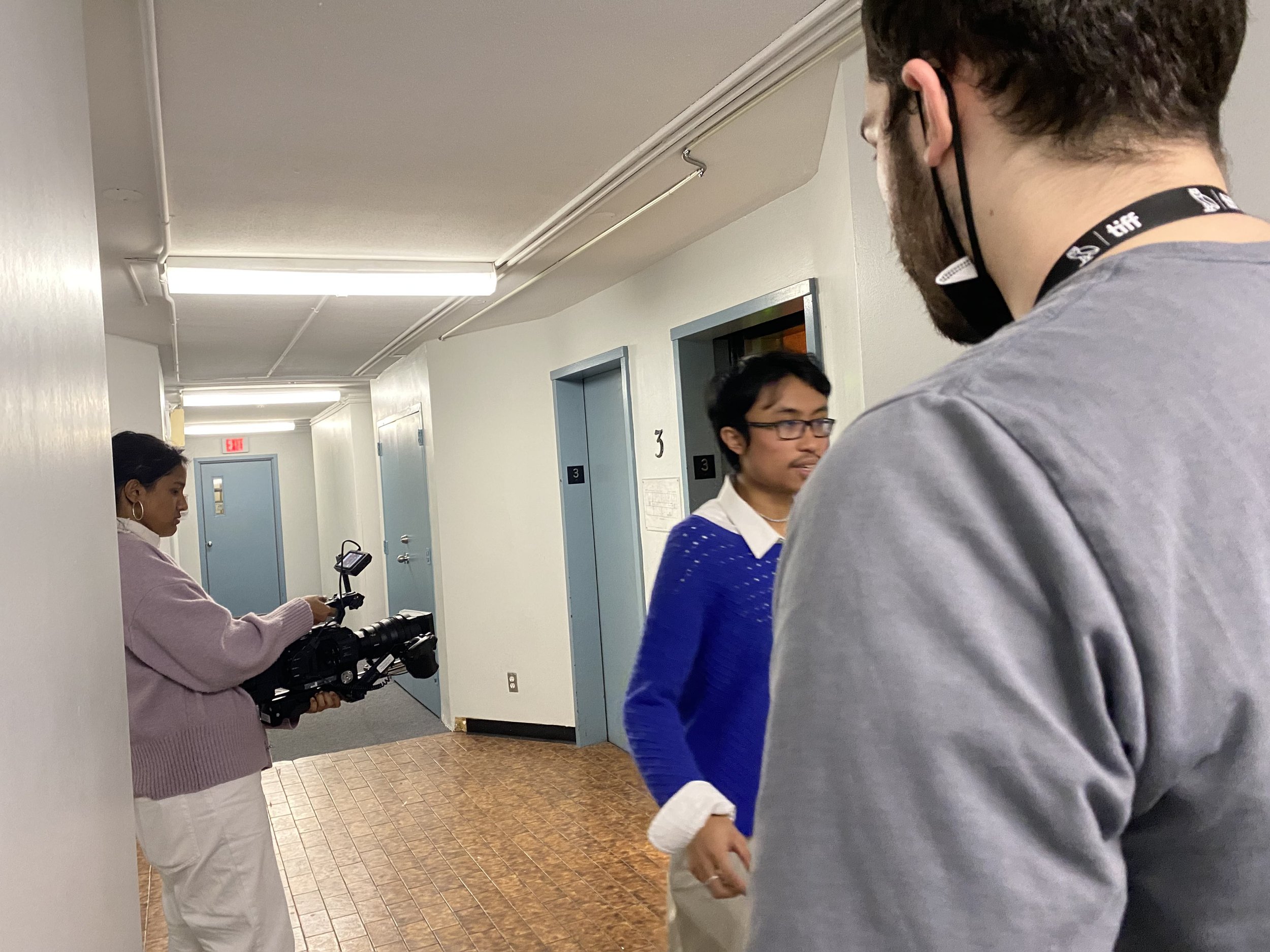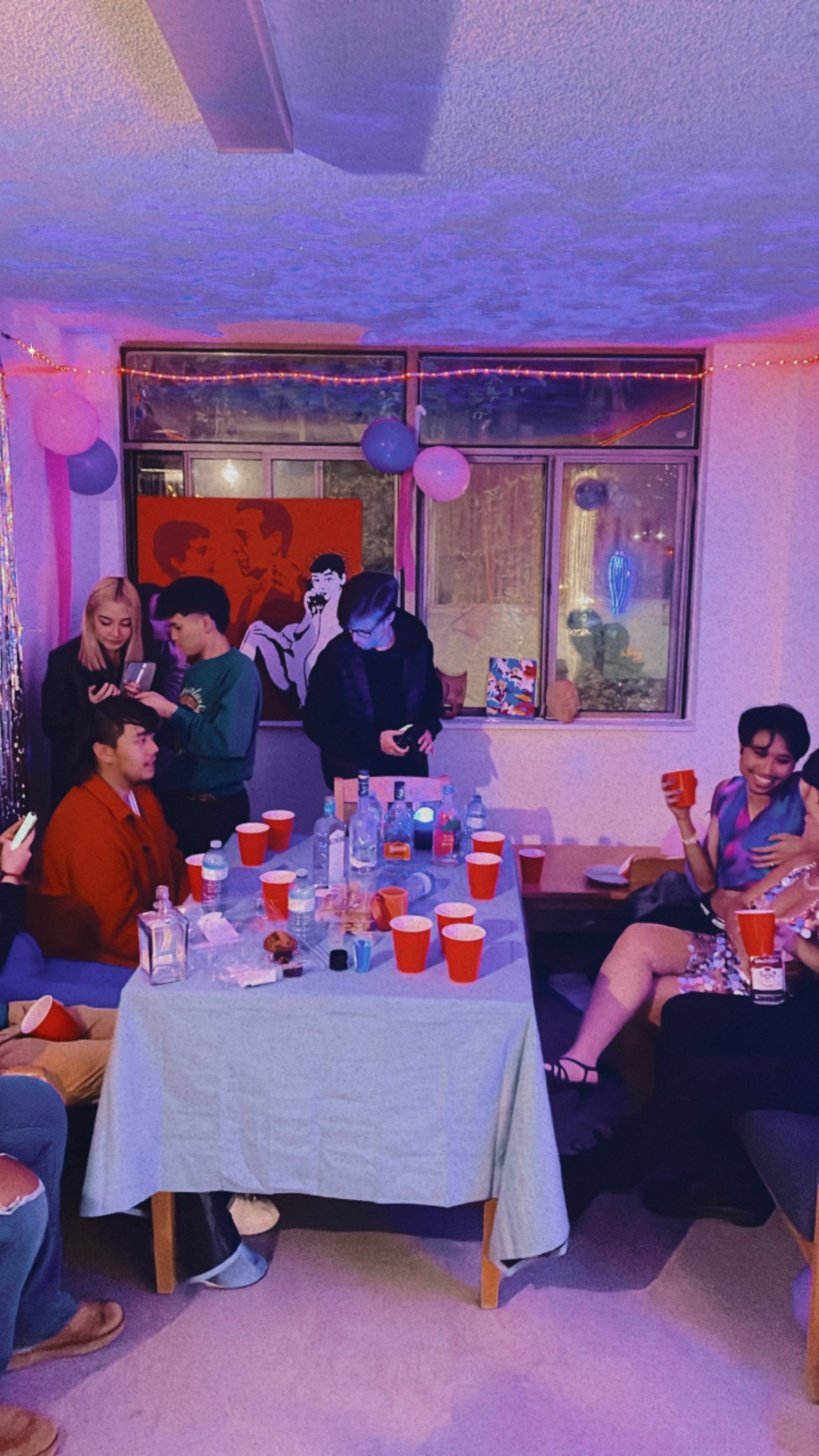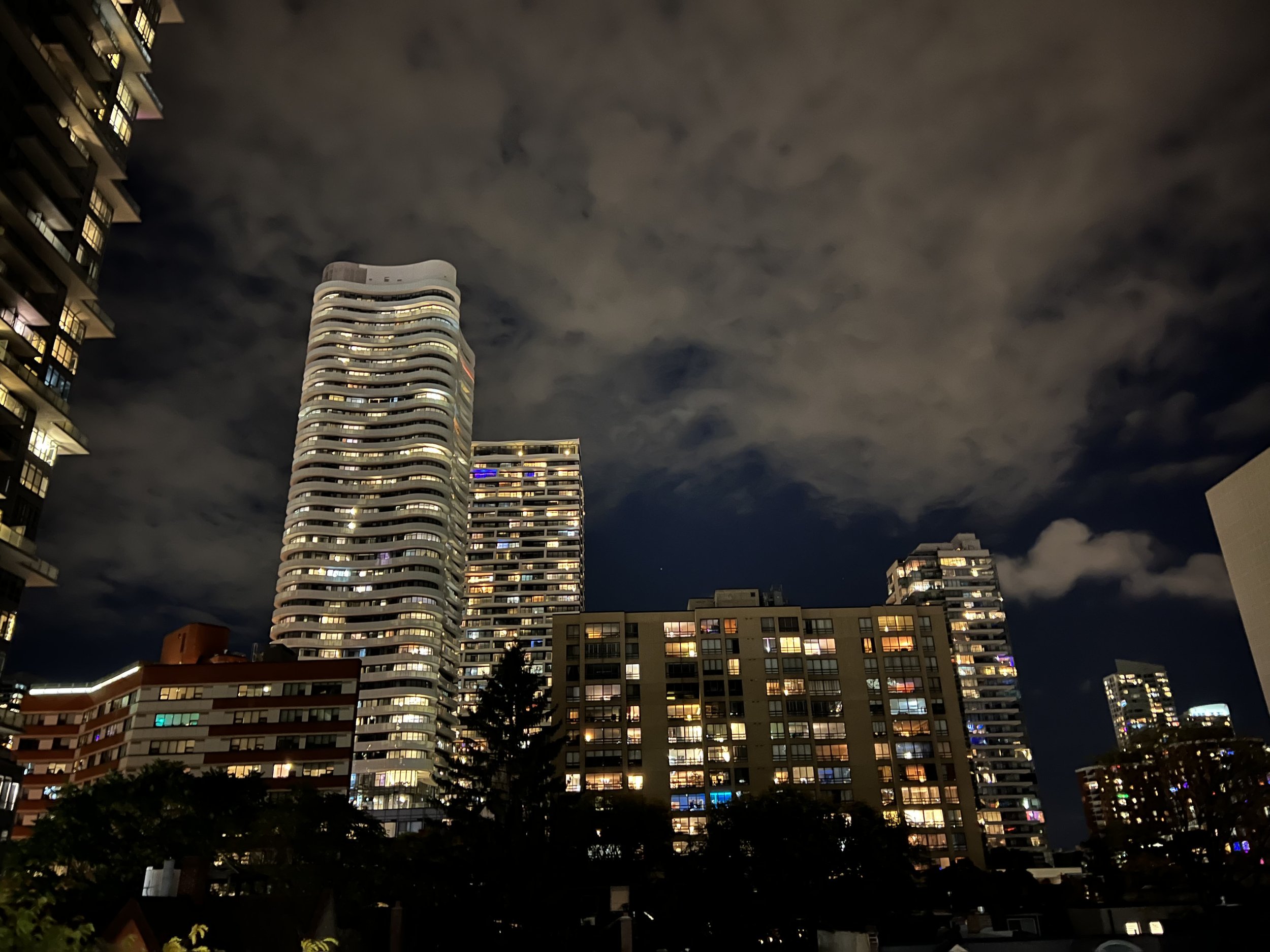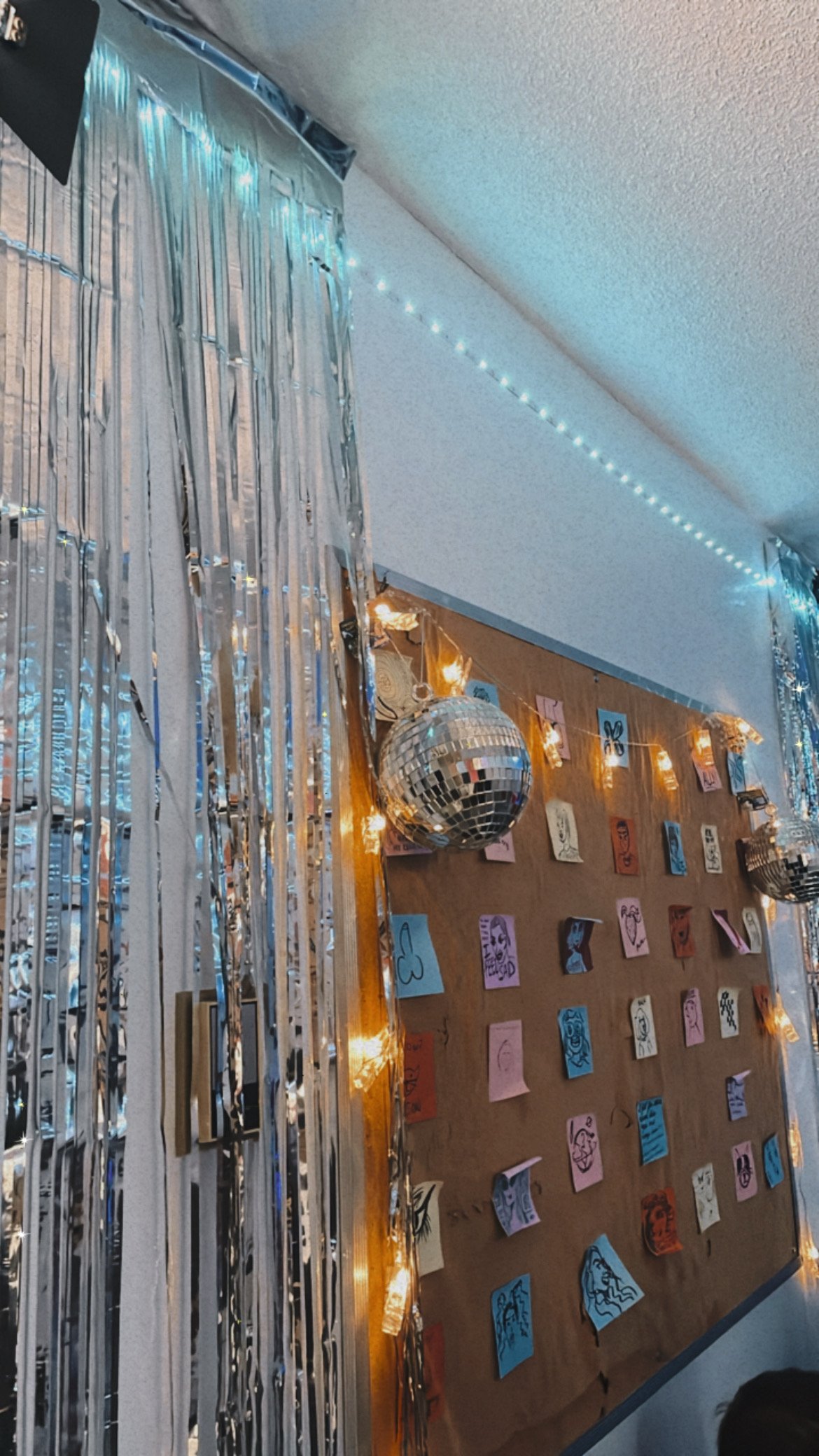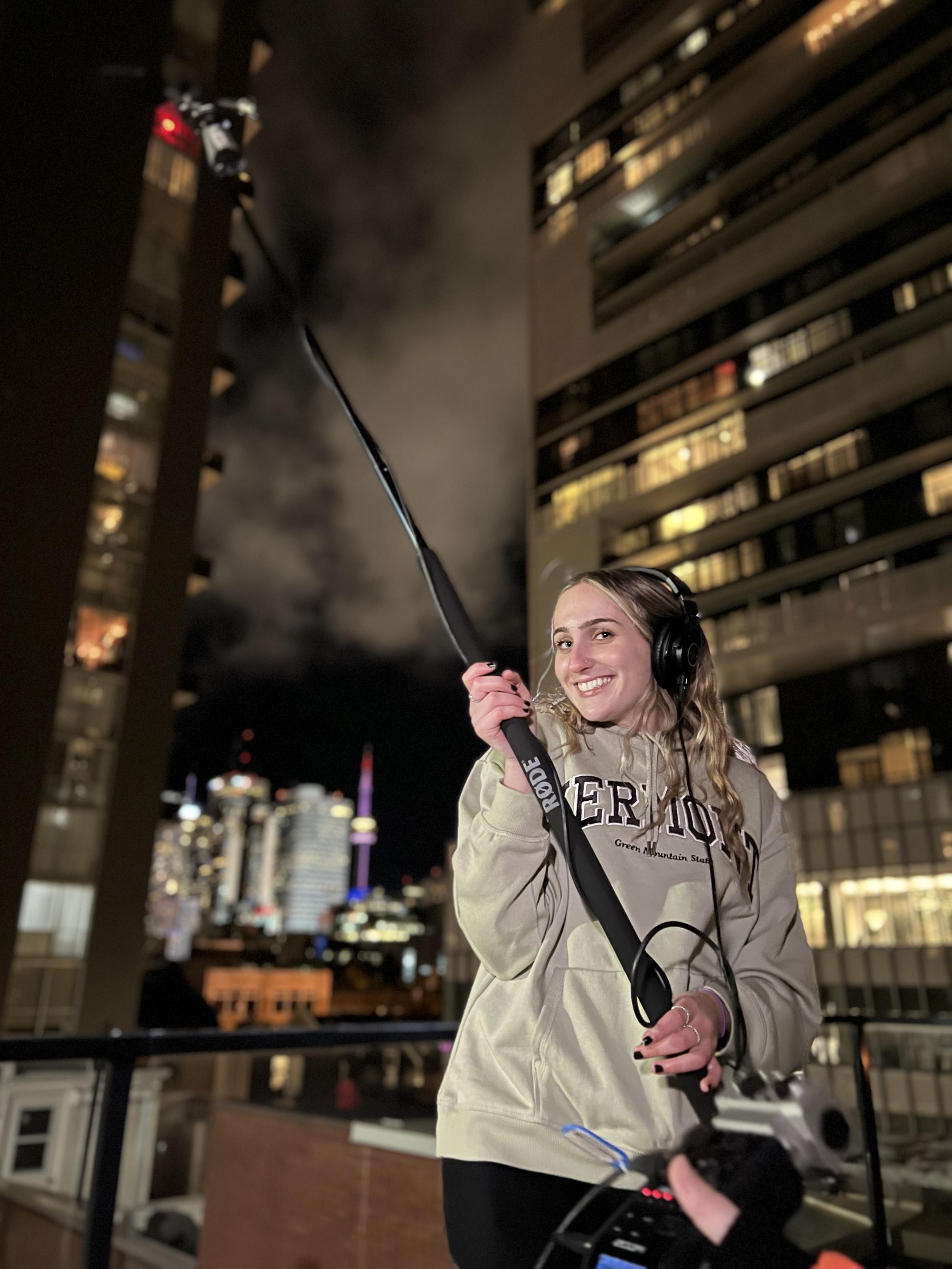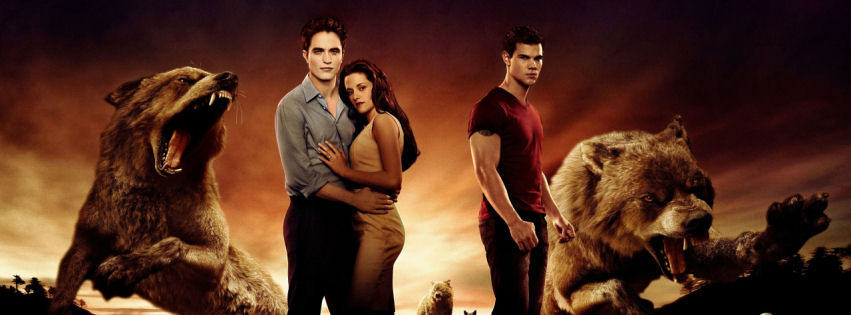Show love to physical movies, music and video games when possible to disrupt the seeming end of CDs and physical copies of your favourite shows and artists.
By Julia Lawrence
Big box stores such as Best Buy are phasing out their DVD and Blu-ray sales, and in 2020, streaming services reached over one billion subscriptions, according to Motion Picture Associations. It leaves independent stores dedicated to the art of physical media with a decision to either follow with the times or adapt and live on.
Toronto’s Bay Street Video and Iceman Video Games’ Peterborough, Ont. location are two examples of how sellers have had to adapt to the ever-changing consumer viewing habits while never losing sight of their goals to share new and nostalgic materials.
Bay Street Video - 1172 Bay Street, Toronto
Bay Street Video recently had its 30th anniversary this past August, celebrating being one of the largest physical media collections in Toronto with DVDs, Blu-rays and more available to the public.
Manager Brendan Whelton said they have almost over 40,000 titles across DVDs, Blu-rays and 4K open to rent and roughly 15,000 titles in stock for sale across those formats.
“We have the entire history of film going back to the 1890s with 10 to 50 new releases every week,” Whelton explained. “We constantly joke about where we're gonna put it all, but we make it work. We've been a fixture of the Toronto film scene for a while.”
Bay Street Video gets a range of customers — from Toronto Metropolitan University and University of Toronto students who come for the student rental discount to clientele who are resistant to adapting to streaming or want to see a title that's not available online.
“Those people who don't have the patience to adapt to streaming because it's so complicated now. You need to get eight different services to have access to everything, which isn't everything,” Whelton said.
The store saw a big influx of rental memberships in June 2020, partially due to the pandemic, but Whelton shared that it he noticed a direct impact from Mad Men’s license expiring with Netflix.
“There was a bunch of people stuck at home who got into Mad Men during the pandemic and it wasn’t there anymore,” he said. “We got a bunch of people like, ‘What is the rental membership? How does that work? What do I need to do?’”
The feeling of your favourite show being discontinued and removed from streaming sites is not a pleasant experience. Whelton says a reason people have stuck and continue to revisit physical media is the nostalgia factor.
“People remember liking something and they want to be able to have a copy, to be able to show people is a very intimate thing to show something that you care about and to know that it'll always be there is very important,” he said.
Since taking over the manager role last year, Whelton hopes to push the store to make it more community-focused.
He wants to make it a “pride of place for local people,” as the store’s clientele has supported them through thick and thin.
“When no big new movies were coming out, rentals kept us going and when rentals have been down, sales have been up, that has been a cornerstone of our success.”
Iceman Video Games - 390 George St N, Peterborough, Ont.
Iceman Video Games has been around since 1992 having their start in Toronto. They now have moved to two physical locations in Lindsay, Ont. and Peterborough, Ont. where they sell new, used and retro video games and other memorabilia.
Peterborough manager Holly Butler says there has been a mixed increase and decrease of visitors that are marked before and after COVID-19.
“We would have midnight launches…for big releases, we’d have lineups out the door type for preorder events. Now we still have quite a few people that preorder, not nearly as it was 10 years ago,” Butler said.
With that, there was also a surge of people missing physical indoor shopping.
Butler added, “Once everything was opened up, we had so many people rushing in that missed just talking to another human being [while] doing their shopping. It wasn't like going to Amazon, one-click, add to cart, very impersonal.”
Butler noted that with the lack of consumers buying physical copies, developers have to rely on fair rights and ownership of their work.
“We're already seeing issues with that (losing games) because there are certain games where all of a sudden, there'll be a rights issue, either within the game itself or from the publishers and then the game gets pulled and you can't even play it anymore.”
A recent case of this was with the video game publishing platform Unity, which was going to backdate all games and input fees for downloads. Butler mentioned that it got to a point where small indie developers could not afford to have their games that were already published still available for sale. Unity has since backtracked this announcement after developers revolted against the letter.
As online gaming culture changes depending on publishers and developers, so does physical gaming. Butler shared that the culture of video game stores has shifted over the last several years, and people are unaware of what a person can come into the store for.
“People don't know you can buy and trade games anymore. A lot of people will be like, ‘Well, what's the point of buying a physical game?’ Well, you can trade it in when you're done with it. That's like the whole culture of a game store. You trade your games.”
She also stressed that some people don’t realize they carry new games.
“Because independent game stores are kind of niche, a lot of people if they think of game stores, they think maybe like EB Games, or getting their games on Amazon, and they don't realize that we as an independent can get new release games,” Butler said. “That's a big part of our businesses carrying new release games, and people assume that we were a used store and we don't have them.”
Iceman Video Games started its online store once the first COVID-19 lockdown hit Ontario, and the store had time on its hands. Butler said that they were in a “pickle” to figure out how to continue sales, and it gave them the time to finally open an online store, which they had been dreaming about for years but put off as it’s a lot of work.
She said, “We have like 1000s of games for our website, and it was going to take a lot of work. It pretty much took the entirety of the first lockdown for us to make a product listing for every single game that we have.”
As they are an independent store, Butler manages the site, and all the work is done in-house.
She adds new games which come out every month but mentioned that while it is a lot of work to maintain, it’s been great for the store.
“Maybe a game that we have a lot of in Peterborough, there's demand for it in Montreal, and so we might have been stuck with those copies here, but now since we have the website, we can cater to a different market,” she said. “It's been able to help us branch out into markets that we weren't able to reach before.”
Iceman Video Games and Bay Street Video are two cases of how physical media will never die as long as the clientele is there and so are the dedicated staff.





















